BYD Seal vs Ferrari Purosangue – Which car suits you better?
Both models have their strengths – but which one suits you more?
Compare performance, efficiency, price and space directly: BYD Seal or Ferrari Purosangue?
Costs and Efficiency:
When it comes to price and running costs, the biggest differences usually appear. This is often where you see which car fits your budget better in the long run.
BYD Seal has a significantly advantage in terms of price – it starts at 40300 £, while the Ferrari Purosangue costs 324700 £. That’s a price difference of around 284471 £.
Engine and Performance:
Power, torque and acceleration are the classic benchmarks for car enthusiasts – and here, some clear differences start to show.
When it comes to engine power, the Ferrari Purosangue has a evident edge – offering 725 HP compared to 530 HP. That’s roughly 195 HP more horsepower.
In acceleration from 0 to 100 km/h, the Ferrari Purosangue is slightly quicker – completing the sprint in 3.30 s, while the BYD Seal takes 3.80 s. That’s about 0.50 s faster.
In terms of top speed, the Ferrari Purosangue performs clearly perceptible better – reaching 312 km/h, while the BYD Seal tops out at 220 km/h. The difference is around 92 km/h.
There’s also a difference in torque: Ferrari Purosangue pulls barely noticeable stronger with 692 Nm compared to 670 Nm. That’s about 22 Nm difference.
Space and Everyday Use:
Beyond pure performance, interior space and usability matter most in daily life. This is where you see which car is more practical and versatile.
Seats: BYD Seal offers to a small extent more seating capacity – 5 vs 4.
In curb weight, BYD Seal is barely noticeable lighter – 1907 kg compared to 2033 kg. The difference is around 126 kg.
In terms of boot space, the Ferrari Purosangue offers to a small extent more room – 473 L compared to 400 L. That’s a difference of about 73 L.
Who wins the race?
The BYD Seal proves to be outperforms in nearly all aspects and therefore becomes our DriveDuel Champion!
BYD Seal is the better all-rounder in this comparison.
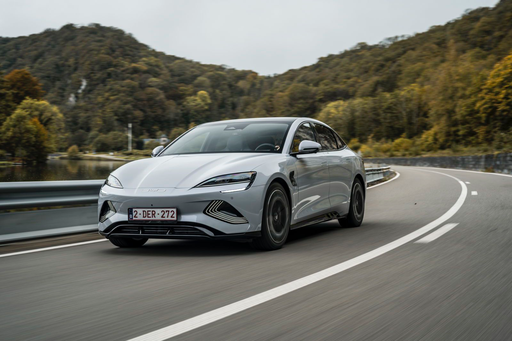
BYD Seal
BYD Seal
The BYD Seal represents a sleek fusion of innovative technology and stylish design, setting it apart in the competitive electric vehicle market. With its aerodynamic silhouette and premium interior finishes, the car offers a driving experience that is both comfortable and exhilarating. Enthusiasts are particularly impressed by the seamless integration of advanced features that prioritise safety and convenience.
details @ press.bydauto.be
@ press.bydauto.be
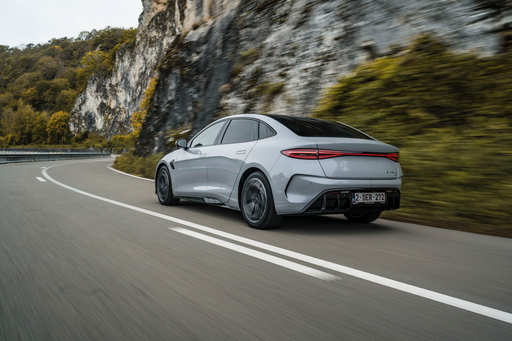 @ press.bydauto.be
@ press.bydauto.be
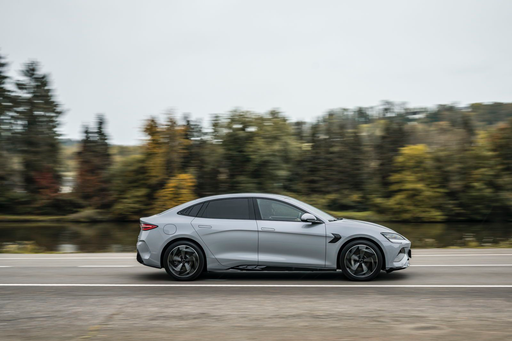 @ press.bydauto.be
@ press.bydauto.be
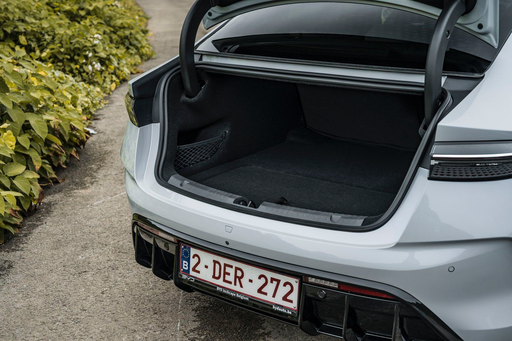 @ press.bydauto.be
@ press.bydauto.be
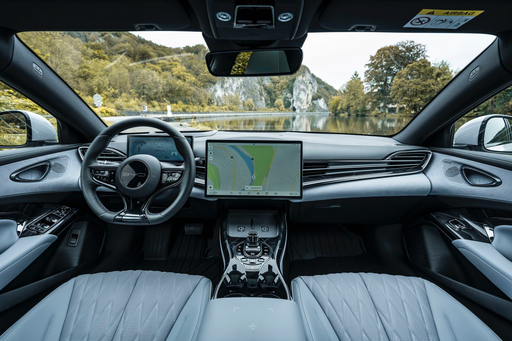 @ press.bydauto.be
@ press.bydauto.be
Ferrari Purosangue
The Ferrari Purosangue marks the brand's first venture into the SUV segment, combining the luxury and performance synonymous with the Italian manufacturer. Its sleek design and powerful engine deliver a driving experience that is both exhilarating and refined. Inside, the Purosangue offers a sumptuous interior that perfectly balances sportiness with comfort, ensuring it stands out in the competitive luxury SUV market.
details

|
|
|
|
|
Costs and Consumption |
|
|---|---|
|
Price
40300 - 45400 £
|
Price
324700 £
|
|
Consumption L/100km
-
|
Consumption L/100km
17.10 L
|
|
Consumption kWh/100km
15.4 - 18.2 kWh
|
Consumption kWh/100km
-
|
|
Electric Range
460 - 570 km
|
Electric Range
-
|
|
Battery Capacity
-
|
Battery Capacity
-
|
|
co2
0 g/km
|
co2
389 g/km
|
|
Fuel tank capacity
-
|
Fuel tank capacity
100 L
|
Dimensions and Body |
|
|---|---|
|
Body Type
Sedan
|
Body Type
SUV
|
|
Seats
5
|
Seats
4
|
|
Doors
4
|
Doors
5
|
|
Curb weight
1907 - 2185 kg
|
Curb weight
2033 kg
|
|
Trunk capacity
400 L
|
Trunk capacity
473 L
|
|
Length
4800 mm
|
Length
4973 mm
|
|
Width
1875 mm
|
Width
2028 mm
|
|
Height
1460 mm
|
Height
1589 mm
|
|
Max trunk capacity
-
|
Max trunk capacity
-
|
|
Payload
446 - 473 kg
|
Payload
-
|
Engine and Performance |
|
|---|---|
|
Engine Type
Electric
|
Engine Type
Petrol
|
|
Transmission
Automatic
|
Transmission
Automatic
|
|
Transmission Detail
Reduction Gearbox
|
Transmission Detail
Dual-Clutch Automatic
|
|
Drive Type
Rear-Wheel Drive, All-Wheel Drive
|
Drive Type
All-Wheel Drive
|
|
Power HP
231 - 530 HP
|
Power HP
725 HP
|
|
Acceleration 0-100km/h
3.8 - 7.5 s
|
Acceleration 0-100km/h
3.30 s
|
|
Max Speed
180 - 220 km/h
|
Max Speed
312 km/h
|
|
Torque
360 - 670 Nm
|
Torque
692 Nm
|
|
Number of Cylinders
-
|
Number of Cylinders
12
|
|
Power kW
170 - 390 kW
|
Power kW
533 kW
|
|
Engine capacity
-
|
Engine capacity
6496 cm3
|
General |
|
|---|---|
|
Model Year
2023 - 2025
|
Model Year
2023
|
|
CO2 Efficiency Class
A
|
CO2 Efficiency Class
G
|
|
Brand
BYD
|
Brand
Ferrari
|
What drive types are available for the BYD Seal?
The BYD Seal is available as Rear-Wheel Drive or All-Wheel Drive.
The prices and data displayed are estimates based on German list prices and may vary by country. This information is not legally binding.
